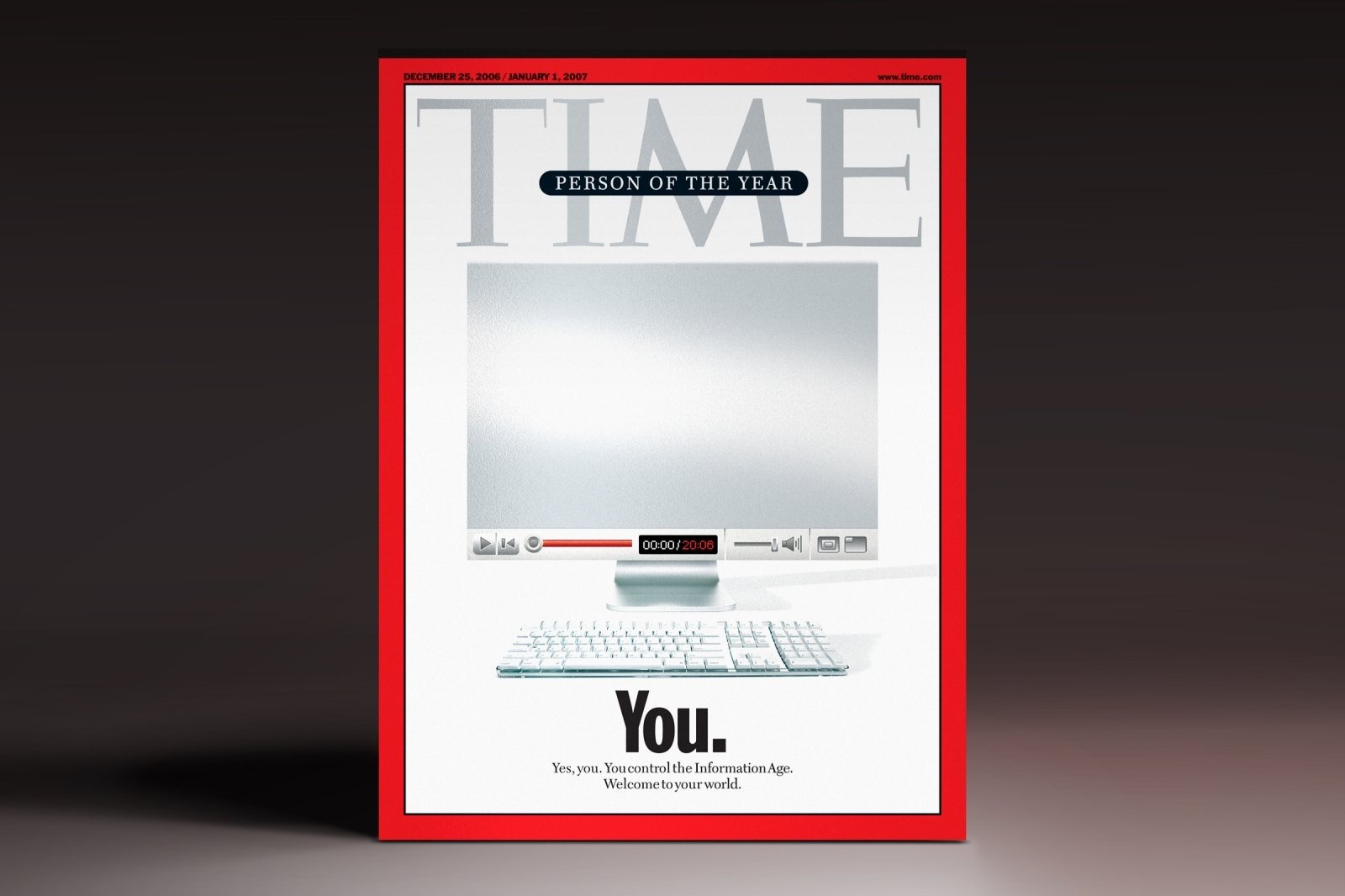UGC: An Essential Social Media Content Type For Food and Beverage Brands
More likely than not, you have been responsible for some sort of UGC activity while surfing the web. UGC is essentially content created by the customer without any directive from the brand itself. UGC content can include anything from photos and videos of foods or beverages to blog posts and reviews on brands.
UGC isn’t just part of the conversation. It creates the conversation.
In many ways, this pillar of social media content creates a domino effect, inevitably inspiring other consumers to create their own content, effectively increasing engagement and building a community around the brand.
“86% of consumers claim that authenticity is a key factor when deciding which brands to support.”
Why UGC?
According to Stackla, 86% of consumers claim that authenticity is a key factor when deciding which brands to support. UGC supports this authenticity for brands by featuring content created by the customer.
“91% of respondents trusted online reviews and recommendations from their family and friends.”
In our lives, friends and family are our authenticity litmus test. In a study by BrightLocal, 91% of respondents trusted online reviews and recommendations from their family and friends. Because UGC is typically created on social media platforms, it can easily be shared amongst followers, including the aforementioned family and friends.
History Of UGC
Let’s face it. Fictional advertising is oversaturated and unrealistic. Most consumers don’t want to see actors faking their experience with a product. Instead, potential buyers want to watch real customers talking about their real experiences. It’s all about the authenticity of trying a brand and offering a genuine reaction.
The start of UGC as a marketing pillar isn’t what you would expect.
In 1857, when the Oxford Dictionary was being created, publishers aggregated information through public contributions. Slips of paper were gathered with the chosen word, a quotation illustrating the meaning of the word, and a citation.
It wasn’t until the next century that UGC evolved. In the 90s, several electronic bulletin board systems were based on user-generated content. Some were later converted into websites, including IMDb and Wikipedia. Television shows of the decade asked for user-created videos, with America’s Funniest Home Videos as a precursor to YouTube.
The advent and widespread adoption of the internet created a shift from the aforementioned fictional advertising to customer reviews and social networks. User-generated internet video was quickly popularized by YouTube; UGC was featured in Time Magazine’s “2006 Person of the Year” publication.
Via Time.com. Photo-Illustration for TIME by Arthur Hochstein, with photographs by Spencer Jones—Glasshouse.
Why Is UGC Important To Food And Beverage
Let’s face it: people have an emotional connection with the things they eat and drink. The industry isn’t just a basic need for sustenance; it’s part of our culture, our traditions, and our memories. When something tastes good, consumers want to share their experiences with others and share it fast.
Forms of social proof always work well in the food and beverage industry. Meaning these users give a sense of what the product is before others invest in it. It’s essentially a feel for a physical shopping experience rather than a digital one, despite food and beverage no longer limited to simply a physical location.
Types of UGC
There are many types of UGC that brands can leverage in their marketing efforts. Examples include:
“81% of shoppers are more likely to buy a product if the page has written reviews. ”
Photos & Videos of meals
The richer the information is, the better. This is where visual UGC comes in. Brands can feature high-quality images and media across all platforms to showcase their product or service.
Recipes
We’re pretty big on Pinterest here at Firebelly Marketing. We’ve transformed into Michelin-starred chefs with some of the stuff we’ve found on there. Read about our blog about recipes and their social media marketing importance over here.
Reviews and recommendations
It’s about word of mouth, along with credibility. If something is good, you bet someone will post about it. In fact, according to Bazaar, 81% of shoppers are more likely to buy a product if the page has written reviews.
Hashtags
With so much media, how does one find the right brand that they’re looking for?
Obviously, consumers are visual creatures. However, in an era of fast-paced and competitive online sales, it’s easy for brands and consumers to get bogged down by marketing that isn’t regularly updated.
This is why hashtags are a basic marketing tool that actually works. To put it in perspective, #food is the 25th most-used hashtag on Instagram, with over 181 million tags. Captioning with a brand’s hashtag and product-appropriate tags can yield a high conversion rate.
If brands want to search for their products or services, the results will reveal posts they may want to reshare. This should be the best-of-the-best user content that can be featured on a brand’s own social media or other platforms while giving credit to the original creator, making them feel seen and acknowledged.
📌 Just remember: UGC is more memorable and more trusted in comparison to other forms of media.
If you would like to know more about UGC, contact our Firebelly Marketing team today.


